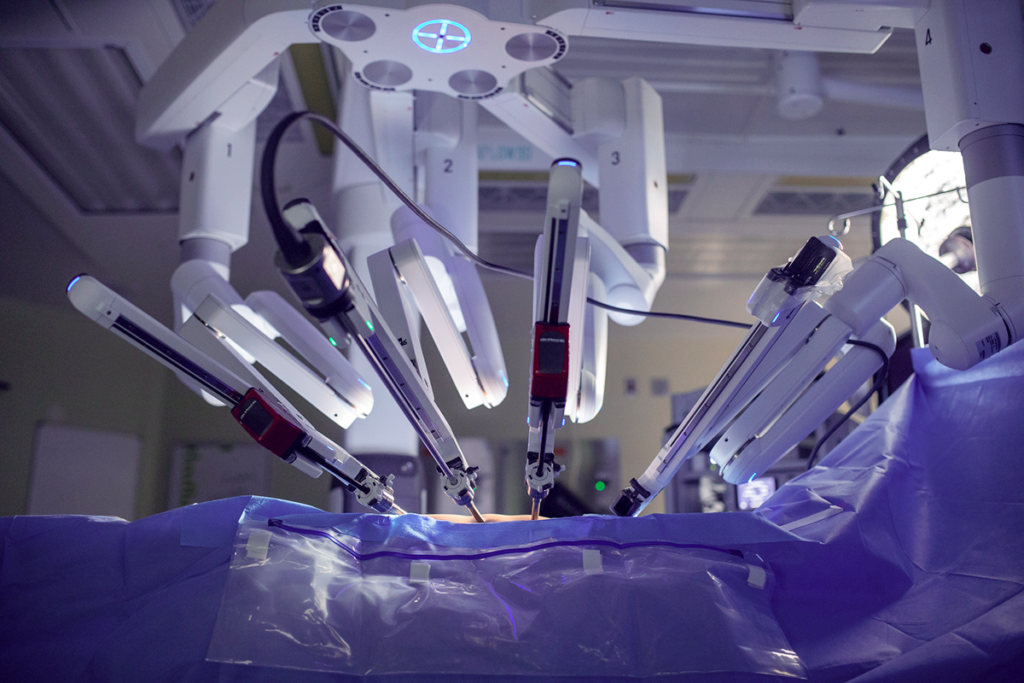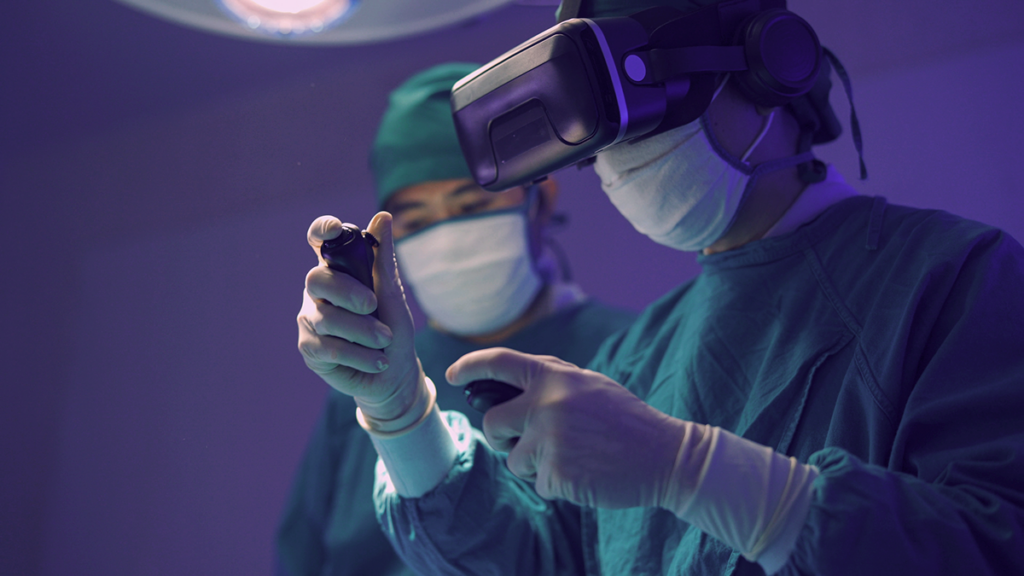The impact of surgical robots and their effect on the surgeon shortage.

Demand for surgery services is climbing – and so is the shortage of general surgeons.
By 2050, the nationwide deficit will grow to 7,047 general surgeons, which is almost 18 percent higher than originally anticipated. Some believe using robot surgery could help relieve this shortage, but in reality, they may increase the need for additional surgeons.
No doctors, no surgeries.
America’s population is growing older. Over the next 30 years, the elderly population will increase by 135 percent. Family Practice News projects elderly patients will receive 50 percent of all surgeries. Does your facility have the surgical staff to meet this need?
Even with the influx of new talent coming out of residency programs, many hospitals and networks are unable to find physicians in this competitive field. As a result, your surgical staff could become overworked, be more likely to experience burnout or make mistakes in care. Patients may experience negative impacts from delays in care.
The truth about robot surgery.
Healthcare experts are looking for modern ways to help combat the lack of full-time surgeons.
Robotic surgery systems like the da Vinci System are allowing doctors to perform surgeries with more precision and improved range of motion. Patients benefit from smaller incisions and reduced recovery time.
Learning curves do exist for staff members to learn new technologies. For example, doctors need to perform between 150-250 cases to achieve the learning curve for a robot-assisted RALP procedure. Process innovation, like the pit-stop model, is also required to streamline operating room usage.
The truth is that surgical robots aren’t fully autonomous and still require skilled surgeons to operate them. Additionally, surgical robots may increase demand for surgeries (and therefore, surgeons).
For instance, these robots could make surgery a logical choice for minor conditions that are currently treated without surgery. They could also make surgery possible for patients who are unable to go through more invasive procedures.

Alternative solutions.
Surgical innovations, like robots, cannot compensate for the growing shortage of surgeons.
As demand for intensive healthcare and surgical procedures increases, hospitals and care centers will need to change their plan of action. Locum tenens surgeons can help facilities manage the influx of surgeries projected for the future.
Use of part-time physicians, coupled with investment in advanced technology, enables your organization to provide excellent care for an ever-growing wave of patients.
Sources: British Journal of Anaesthesia, Family Practice News, Health Services Research, MDLinx, The Medical Futurists, Reuters, Surgery Center Network, Forbes.


